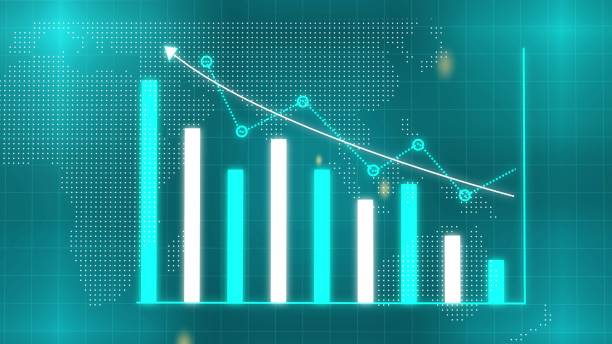The Power of Regression Analysis.
In today’s industry, we are surrounded by an overwhelming abundance of information. Whether it’s a manufacturing process, a chemical reaction, or a complex system, data streams are constantly generated, tracked, and recorded. Measuring instruments leave no detail unaccounted for—they provide us with metrics such as input temperature, reactant concentration, catalyst percentage, steam temperature, pressure, consumption rate, and so much more.
Depending on the nature of the process being studied, some of this data is collected in regular intervals—every five minutes, every half hour, or at other set frequencies. In more sophisticated setups, measurements are continuously monitored in real time. Additionally, certain parameters may require extra effort, such as sampling the end product at intervals. After analysis, these samples yield critical insights into properties like purity, yield percentage, glossiness, breaking strength, or color—attributes that determine the quality and usability of the product for the manufacturer and end user.
However, in many industrial environments, massive datasets often sit dormant. Gigabytes of information are still being dutifully logged day after day, hour after hour—despite the original purpose for this data collection being long forgotten. In many cases, this data is underutilized, leaving untapped opportunities to uncover meaningful insights about the processes and variables at play.
This is where the power of regression analysis comes into focus.
Nevertheless, the study of regression analysis techniques will also provide certain insights into how to plan the collection of data, when the opportunity arises.
What Is Regression Analysis?
At its core, regression analysis is a statistical technique designed to uncover relationships between variables in a dataset. Its purpose is to help us understand how certain factors influence others, and to quantify those effects in meaningful ways.
In any system where variables fluctuate—be it the output of a manufacturing process, financial trends, or environmental factors—it’s often valuable to examine how certain variables affect others. Does an increase in temperature lead to higher yield percentages? Does a change in pressure alter the color of the final product?
While some relationships may be simple and direct, most systems are far more complex. In many physical and industrial processes, functional relationships are rarely straightforward, and they often involve interdependencies that are difficult to describe in simple terms. This is where regression analysis becomes particularly useful: it allows us to approximate complex functional relationships with simpler mathematical models, such as polynomials or other equations, that capture the behavior of the system within specific ranges.
The value of approximation
Even when a true functional relationship is elusive or too intricate to grasp, a well-constructed regression model can reveal key patterns and trends. For instance, we may use regression to approximate a highly nonlinear relationship between pressure, temperature, and output purity. By analyzing this approximation, we can better understand the underlying system and evaluate the individual and combined effects of critical variables.
This process has two primary advantages:
- Insight into Causal Relationships: Regression models help uncover how variables interact, providing a clearer picture of what drives changes in a system. For example, in a marketing analysis, a regression model can reveal how changes in advertising spending directly impact sales, helping businesses allocate budgets more effectively.
- Predictive Power: Even if a model lacks physical meaning, it can still serve as a powerful tool for forecasting outcomes. For example, a mathematical equation that relates product glossiness to production parameters might not offer insights into the chemical mechanisms involved—but it can still predict glossiness with remarkable accuracy.
Straight line relationship between two variables.
Straight-line relationships between variables are common in experimental work when investigating how one variable affects another.
For instance, if the resistance R in a circuit is constant, the current I varies directly with the voltage V, as described by Ohm’s law: I=V/R. If Ohm’s law were unknown, this relationship could be determined empirically by varying V, observing I, and plotting I against V. The result would approximately form a straight line through the origin, though measurement errors might cause slight deviations.
For prediction purposes, the straight line through the origin should still be used, even if small errors exist. Similarly, approximate straight-line relationships, though not exact, can still provide valuable insights
Conclusion
The industry’s challenge is no longer about having enough data but about using that data effectively. Regression analysis provides a pathway to extract meaning from raw numbers, uncovering the hidden relationships that drive processes, systems, and outcomes. Whether it’s simplifying complex interactions, predicting outcomes, or guiding data collection, this powerful technique enables industries to move from mere data accumulation to actionable insights.
So, the next time you find yourself staring at endless rows of logged measurements, ask yourself: what stories is this data trying to tell? With regression analysis, those stories might just come to life.
References



